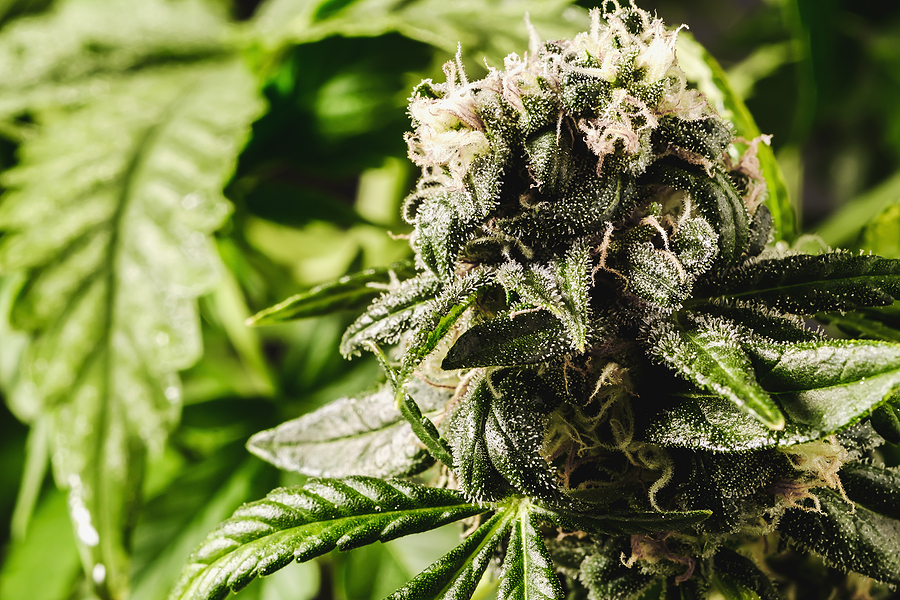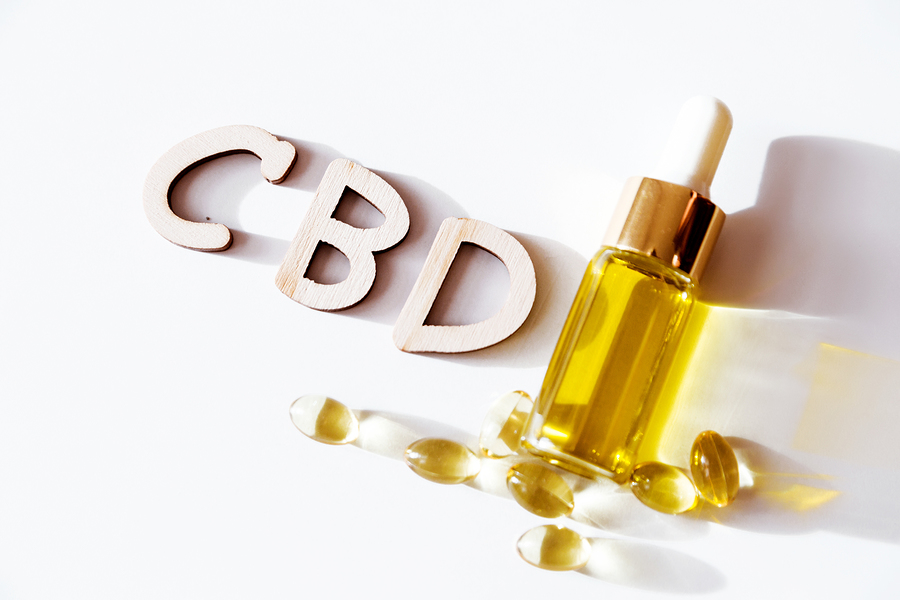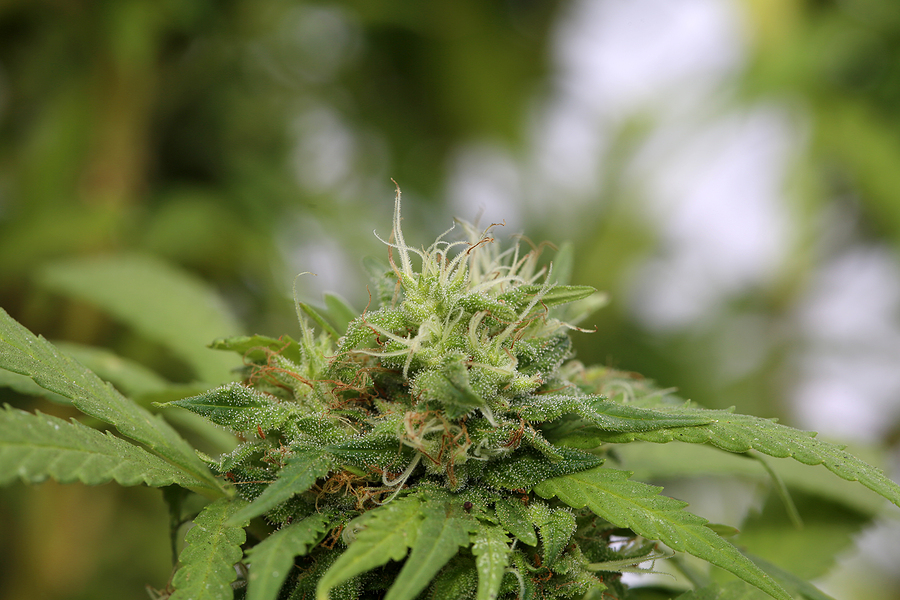While marijuana legalization rode in on beliefs that this substance is non-addictive and lacking in serious side effects, processed highly concentrated THC products, oils, and waxes are a different kettle of fish than the joints that were consumed in decades past. The heyday of vaping and its associated trends towards higher and higher concentrations of THC have particularly worrying consequences for teens and adolescents.
Recreational cannabis use may be illegal for minors throughout the US, but it has become far more accessible in higher doses in states that have legalized it. Research suggests that while marijuana may not typically produce significant health complications in adults, it can lead to marijuana addiction, psychosis, lifelong mental health disorders, uncontrollable vomiting, and changes in brain structure leading to poor memory. According to the Substance Abuse and Mental Health Services Administration, 4.9% of youth aged 12-17 had a demonstrable, treatable marijuana use disorder in 2020, over one third of the nearly 13% who report using it.
Rapid Changes in Concentration
Marijuana use is not new to youth scenes, and one might be left wondering why, if the risks are so severe, we didn’t see signs of this before. The answer lies in concentration. According to the Drug Enforcement Administration’s records of the chemical makeup of its cannabis seizures, the average THC content of an average sample of marijuana in 1995 stood at just 4% – a number that had jumped to 17% by 2017 with the introduction of new strains to the market.
At the same time, the average levels of CBD in available cannabis have declined significantly. CBD is the non intoxicant chemical found in cannabis that is tied to seizure relief, anti-inflammatory effects, and pain and anxiety alleviation – and may also make cannabis less addictive.
Users who are interested in vaping have access to the highest levels of THC available. Products such as concentrated oils, wax, crystals, and a product called ‘shatter’ that resembles something akin to glass all market themselves on their sky-high THC levels, reaching up to 95% in the most potent cases.
It’s worthwhile to note that while there is not yet any national-level data on the modes of use that young people are most likely to partake in, individuals under the age of 24 are by far the most likely to use a (substance-nonspecific) vape of any age demographic category in the US.
Youth Risks
Young people aged 18 and below experience unique risks from heavy marijuana or THC use. Concentrations over 60% of THC have profound effects on the brain and can produce addiction as well as chronic changes such as psychosis and cannabinoid hyperemesis syndrome. Younger brains are still growing, and far more likely to make temporary changes permanent than the nervous systems of older individuals.
THC and Psychosis
While we are lacking data on which potency of use this risk sets in, we are living in the wake of the knowledge that high potency use is linked to psychosis. According to a 2019 study, it is no less than 5 times more likely that an individual develops a psychotic disorder if they are a regular user of highly potent strains of cannabis.
Psychotic symptoms mostly occur during the high itself and resolve as the brain regains normal functioning. However, in more severe cases, symptoms may persist and bleed into daily life. These symptoms may include:
- Difficulty distinguishing reality
- Hallucinations
- Focus issues
- Repetitive self-soothing behaviors
A recent study of schizophrenia diagnoses in Denmark found that 2% of schizophrenia cases were linked to cannabis use – a number which was sharply on the rise each year since the introduction of higher potency products. These behaviors can resolve on their own, but they are also signs of the onset of a permanent psychotic disorder. Witnessing these symptoms in someone else clearly signifies that it’s time to access addiction treatment.
Cannabinoid hyperemesis syndrome
This is a condition marked by extreme bouts of uncontrollable nausea and vomiting. It is specifically linked to individuals who use cannabis heavily and frequently – usually, a minimum of once a day is necessary to risk developing this condition. While it is treatable, generally in combination with cessation of cannabis use, it can coincide with long-term GI problems related to the drug’s potent effects on the digestive system. Because often people with this condition experience relief with hot showers or baths, many people develop a notable pattern of ‘pathological’ (read: compulsive) bathing behavior.
Capping Concentration
Presently, Vermont and Connecticut are the only two states that have opted to impose limits on the concentration of THC in cannabis products being sold. Both states have selected the upper limit of 60%, except in pre-filled cartridges. In plant material – cannabis sold in raw form – it cannot have THC concentrations higher than 30%
Capping concentration at a federal level is likely to remain far down the line. The Food and Drug Administration has published some warning documents that detail concerns with some aspects of legal cannabis, but ultimately this substance is federally illegal. For as long as it remains that way, policies that restrict industry practices will be limited to a state-by-state basis.

At the same time, it is unclear whether capping concentration itself will be a more effective policy or if other actions taken against the industry may be more protective of young users. Speaking on this, Bethany Moore of the National Cannabis Industry Association said, “In general, we do not support arbitrary limits on potency as long as products are properly tested and labeled.”
California legislators are considering taking this route. The state is currently debating whether it should be including a psychosis warning on the packaging of cannabis products sold. Present public knowledge of the potential long-term side effects is poor, butting up against a long-term narrative that marijuana is a harmless substance. The conversation about capping concentration is more nascent but is likely to be the next step in ensuring safe use and avoiding another addiction crisis in the state.
At the end of the day, lowering the risk to young people is going to mean getting the word out to young people. In practice, this means that parents and guardians should be having more complex conversations with their kids about cannabis, its marketing, its concentrations, and its consequences. In reality, many Americans exist in a binary, either condemning all forms of smoking and substance abuse whole cloth, or accepting it as safe and tolerable without delving deeper into what are legitimate and permanent dangers.
Image Source: BigStockPhoto.com (Licensed)
Site Disclaimer
Marijuana is a Controlled Substance under the Controlled Substance Act (21 U.S.C. 802) (“CSA”) and the cultivation, distribution, and possession of marijuana is a crime under federal law. Keep all marijuana and marijuana products out of reach of children and animals. Intoxicating effects of marijuana and marijuana products may be delayed. Use of marijuana while pregnant or breastfeeding may be harmful. Consumption of marijuana and marijuana products impairs your ability to drive and operate machinery, please use extreme caution.
Related Categories: Marijuana, Reviews






